|
|
A view Staithes viaduct from downstream, looking inland; the train is heading towards Staithes station. Chris Davies tells us:”The engine is a Raven/Gresley A8 4-6-2t hauling a train of ex-NER and a Thompson suburban brake of the LNER.”
Image courtesy of Maurice Grayson and thanks to Chris Davies for that update.
This coloured postcard view was produced by T. Watson, Lythe. It gives us a clear picture of the structure of the viaduct.
Image courtesy of Beryl Morris.
Dismantling Staithes viaduct in 1960, one of several we have of this end of an era. Eric Johnson advised that ”Subterranea Britannica” had further information on this activity.
Image courtesy of Mrs Sakelaropoulos and thanks to Eric Johnson for his researches.
This view of Loftus station site includes the Carnaby Willis Timber Merchants Saw Mill (Carnaby Willis as well as becoming a Loftus Councillor was a local benefactor in later years). The shed roof featured carried the caption heading to this image for many years.
Image courtesy of the Pem Holliday Collection, the David Linton Collection and others, thanks to Derick Pearson for the update.
The stationmaster and his porters line up to get their picture taken on Carlin How Station (the name wasn’t changed to Skinningrove until 1903). Does anybody know who they are?
Image courtesy of Carlin How Community Centre.
Doesn’t look real does it? The train going over Loftus viaduct is dumping shale from the mines to convert the viaduct into an embankment. The viaduct was seriously weakened by undermining from the ironstone mines, so these drastic measures were taken to fix the problem. Simon Chapman tells us: ”Messrs Bell Brothers wanted to mine ironstone from beneath the viaduct from their Carlin How Mine so arrangements were made to fill in the viaduct to support it from 1907. In January 1911 it was found that one of the piers had begun to crack because of unequal infilling so rail services were suspended for a fortnight to enable extra tipping to take place. Shale was tipped from Liverton and Loftus Mines and was completed by 1914.”
Image courtesy of the Pem Holliday Collection and thanks to Simon Chapman for that update.
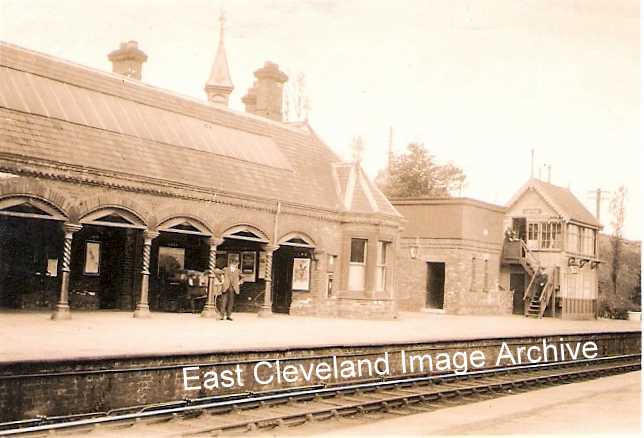
An image of Loftus Railway Station, unfortunately a little age-bleached, but showing the beautiful Victorian canopy well.
Image courtesy of Pauline Dolling.
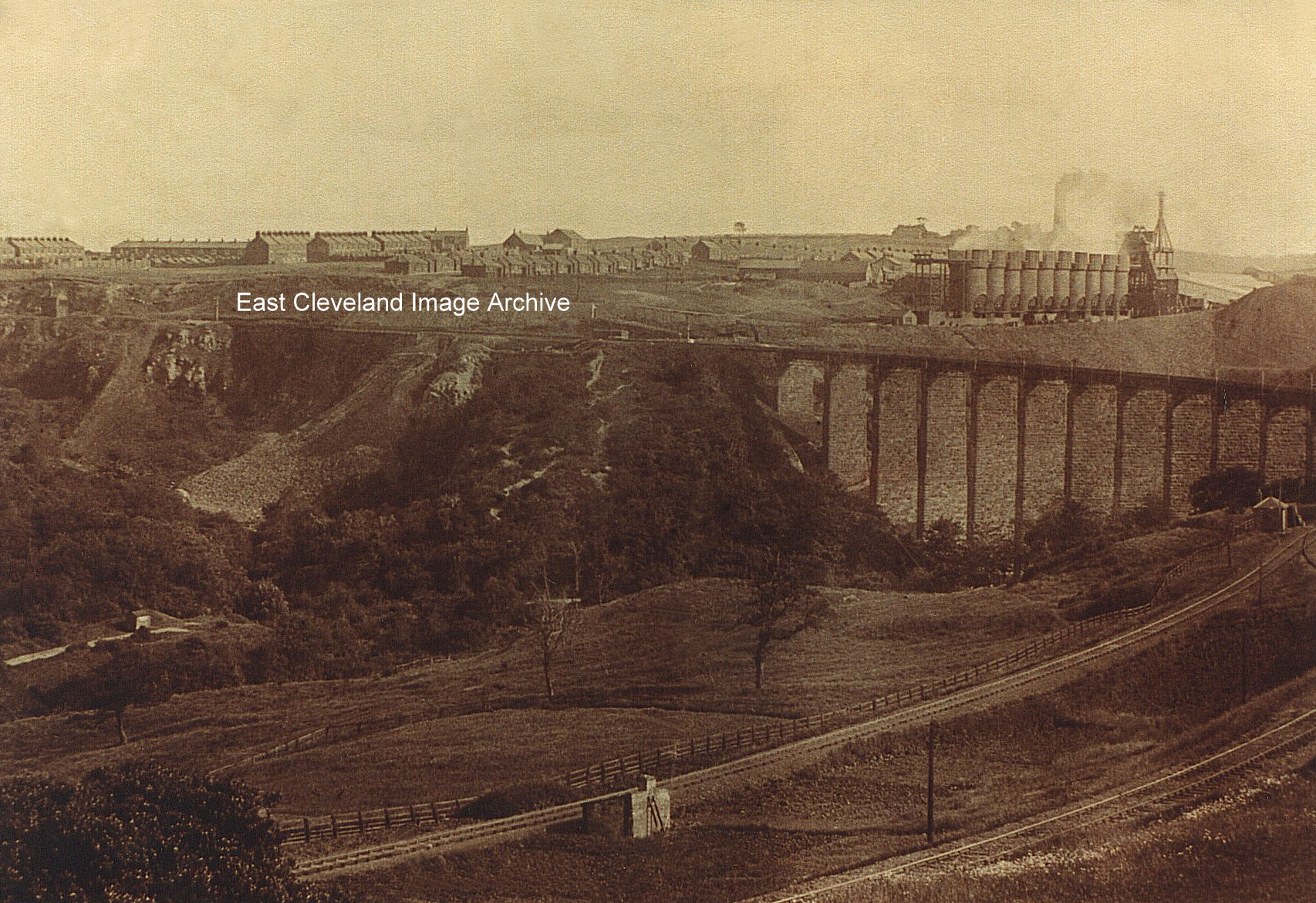
A view of Kilton Viaduct (prior to filling-in) to create the embankment of more recent times with – New London – being the planned name for the present day community 0f Liverton Mines when investors took on the venture. The investors had even suggested a variation in the name to Little London if they could get aggrement of the locals. The long sweep of the viaduct is easily visible in this image, as are the calcining kilns at Liverton Mine; the fumes from which used to rot the clothes of the labourers working on them. Norman Patton says ”Our family moved from “Brickyard” to Liverton mines in 1952. The promise of a fitted bathroom and hot and cold running water; with a garden front and back was too much to resist! Wages at Kilton pit were good at the time and the journey on push-bike much easier for our father. We even had a television before the Coronation and the Stanley Matthews Cup Final (12” Black and White, Console model no less)”. The new estate of council houses inspired the name ” New London” for the village and the council estate was the “Holy City”. ”Brickyard” being the local name for the Hartington Street, High Row and St Hilda’s Terrace area of Loftus; similar epithets applied in Brotton and elsewhere in Cleveland.
Thanks to Norman Patton and Derick Pearson for additional information.
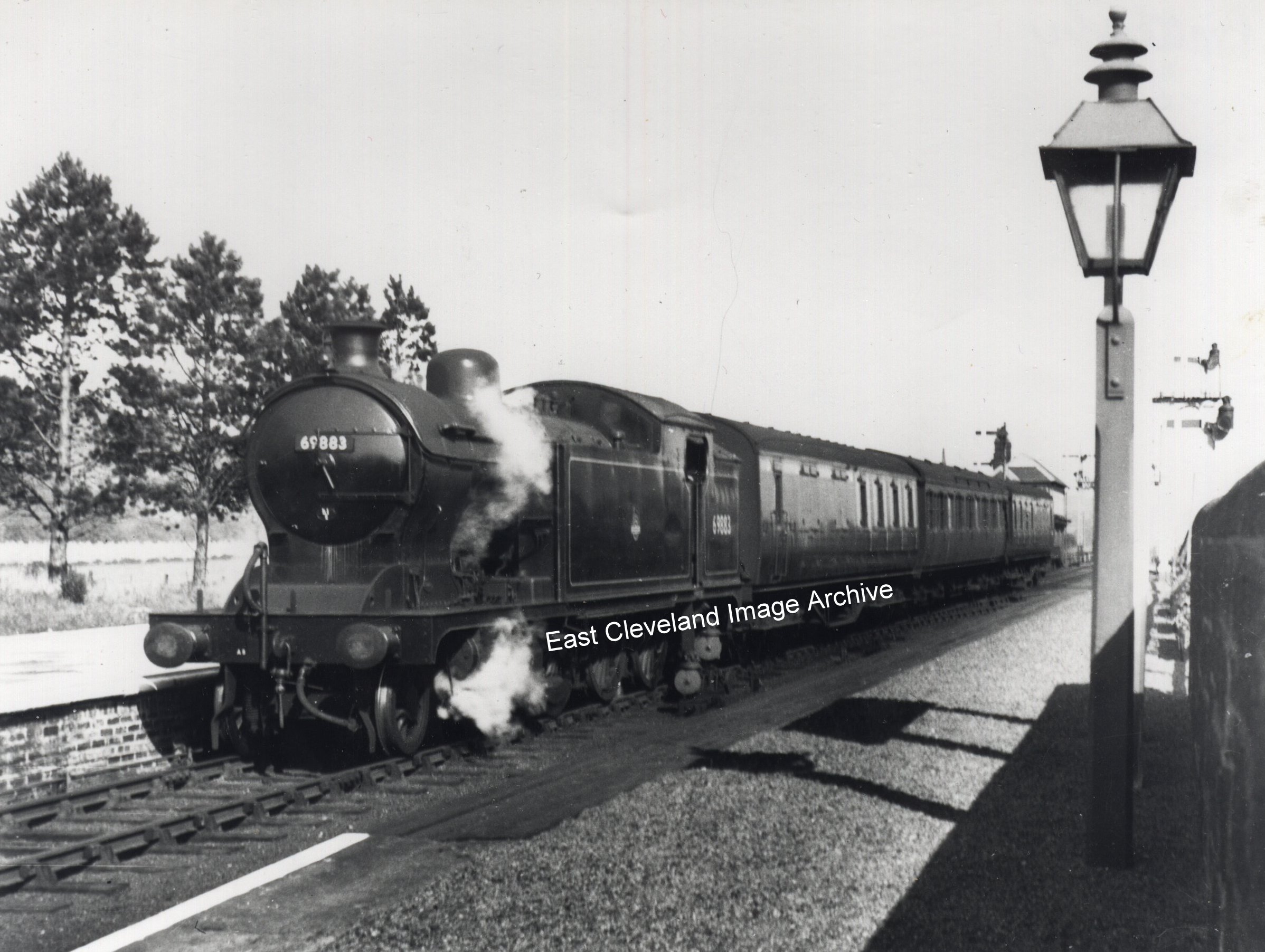
A pristine locomotive – another A8, number 69883 – pictured at Battersby Junction in the 1950’s. Battersby Junction is now a station on the Middlesbrough to Whitby, Esk Valley line; it was originally the junction for the line which connected with the Rosedale ironstone mines.
Location identification courtesy of Simon Chapman.
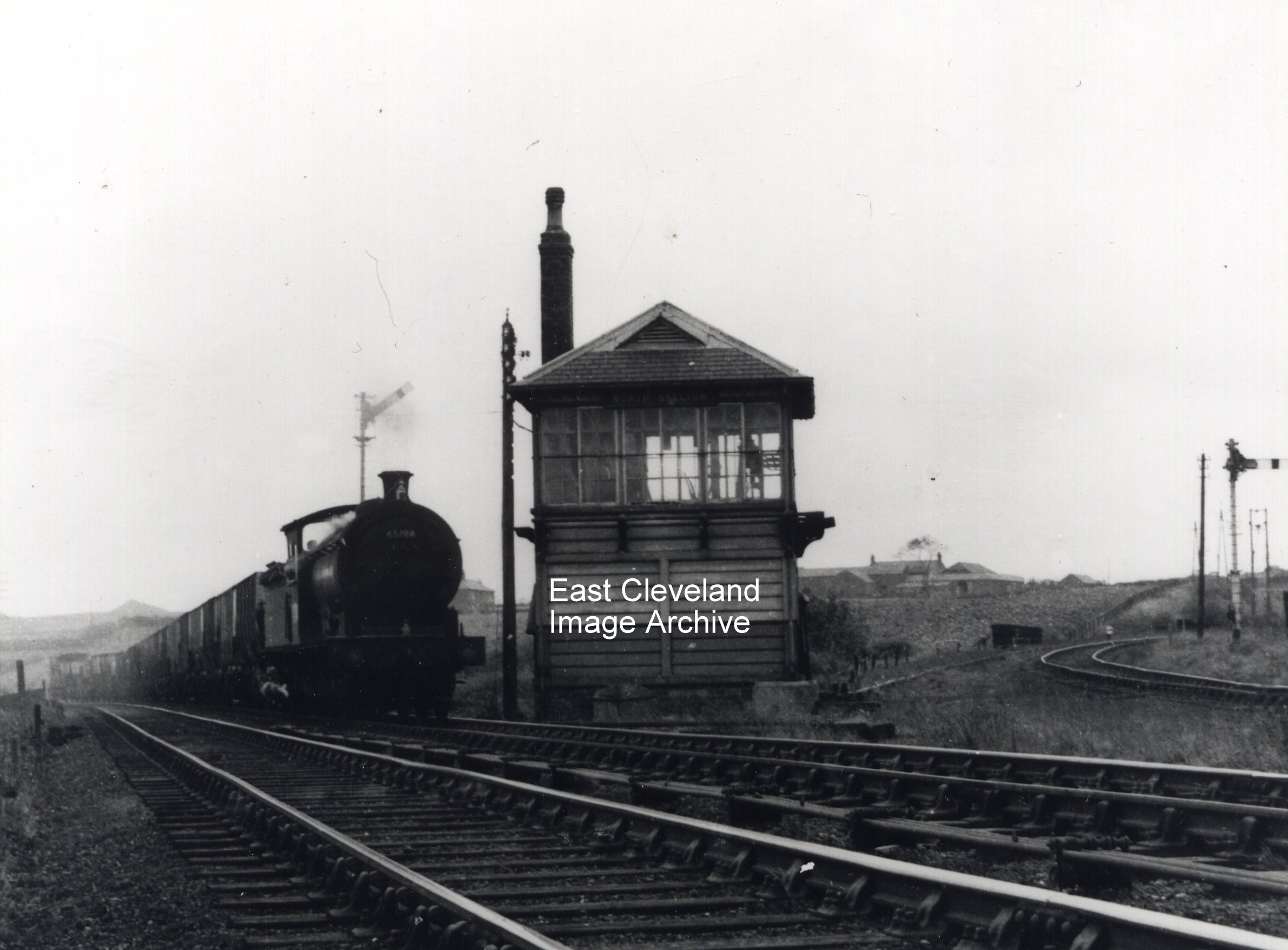
Simon Chapman has advised: “This is quite a well-known picture of North Skelton Junction. The train, hauled by a J27, is coming down the gradient from Brotton towards Saltburn. The line to the right served North Skelton Mine but had originally gone through to Priestcrofts Junction near Boosbeck.” Chris Davies advises:”Engine number would be in the 65780-65894 range as it is of BR Class J27 0-6-0.” Re-posting the image has enabled the Archive to advise that the engine number is 65788.
Thanks to Simon Chapman and Chris Davies for this information; also thanks to Ian Pearson for noticing the slip of the fingers in entering the locomotive number.
|
|
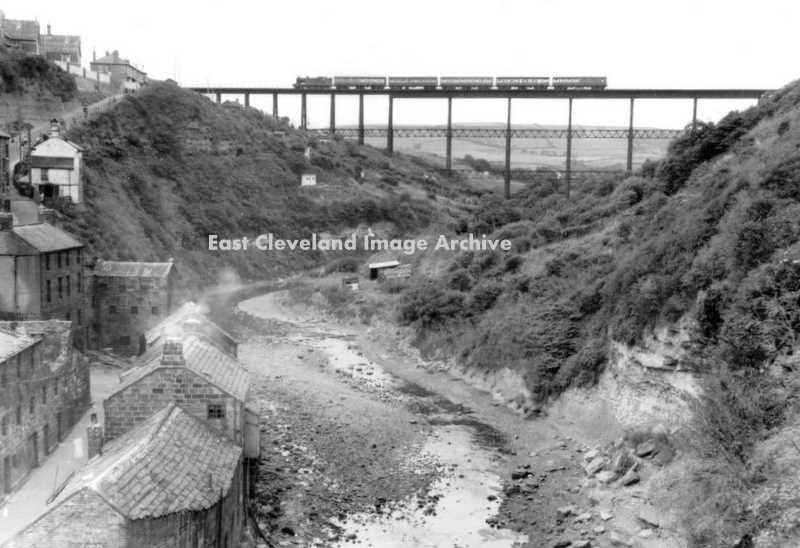
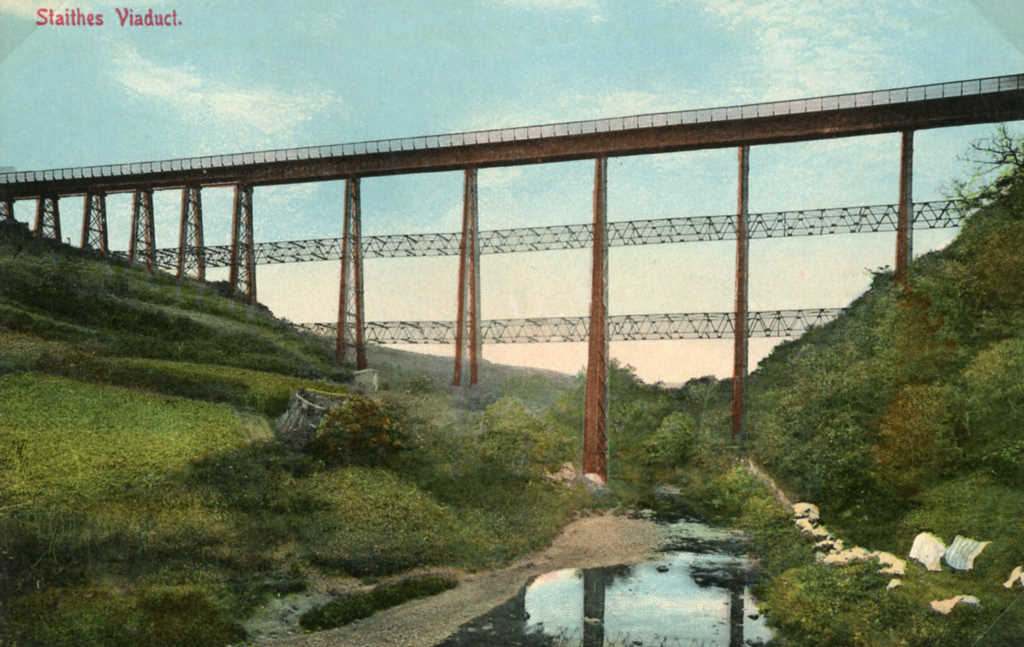
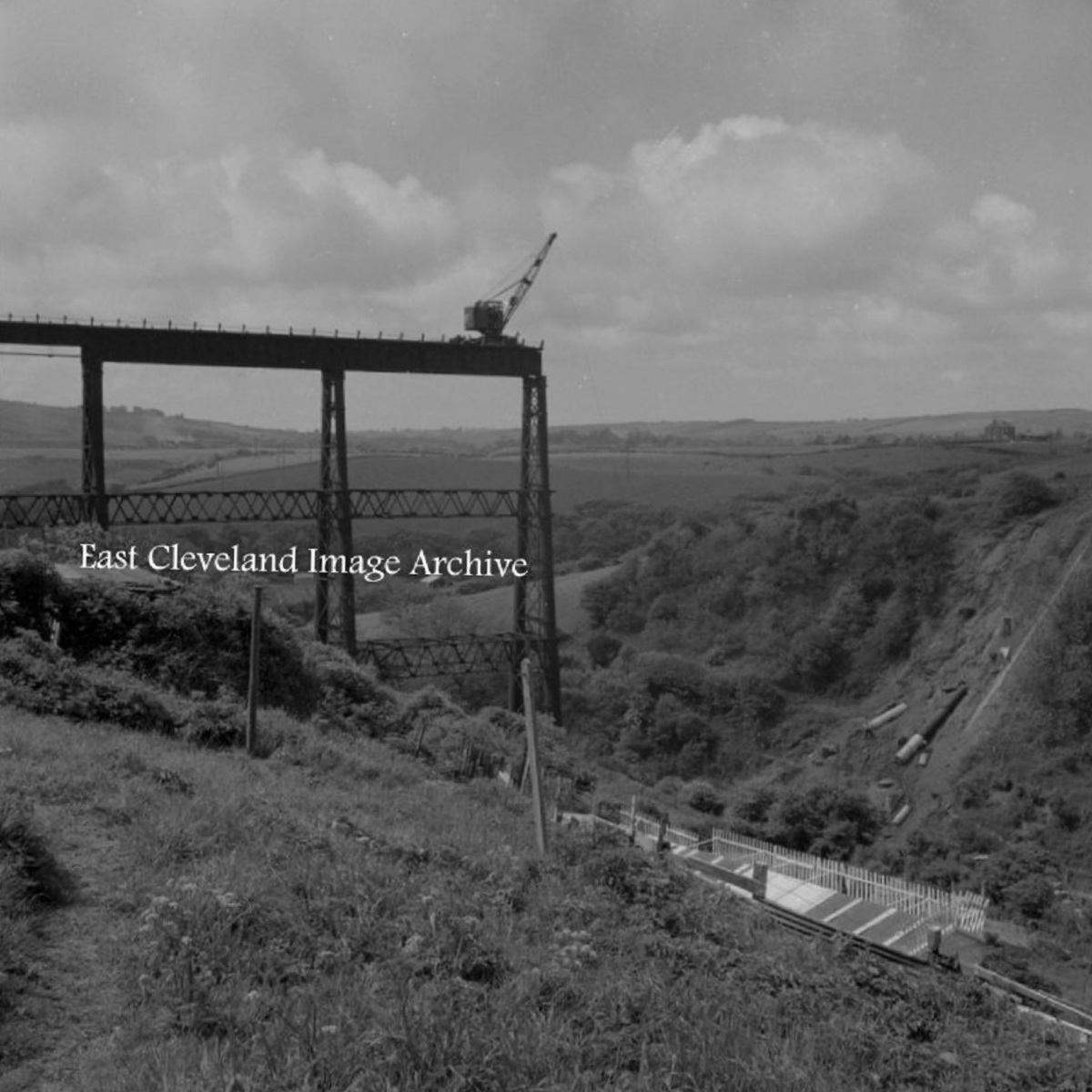
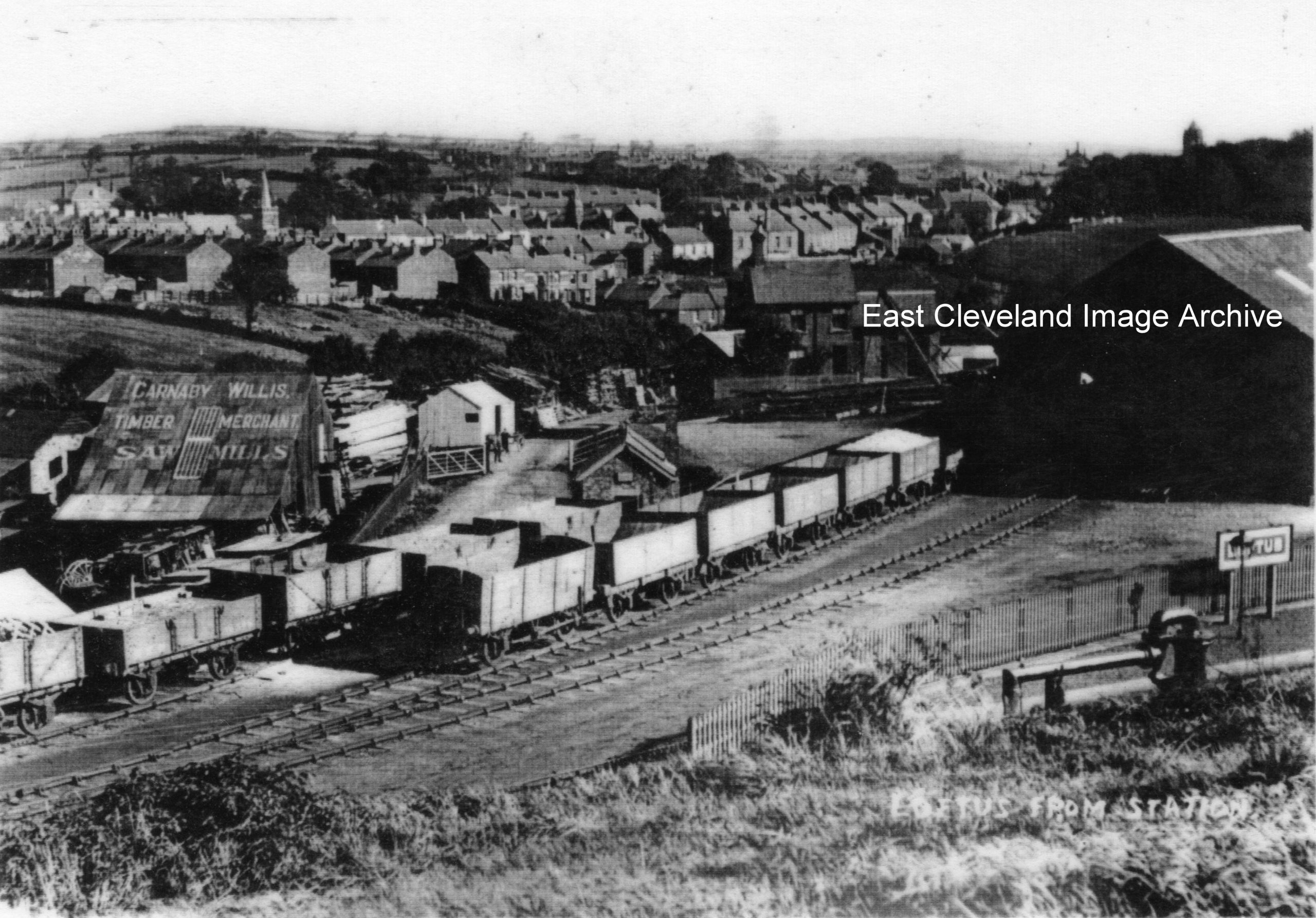
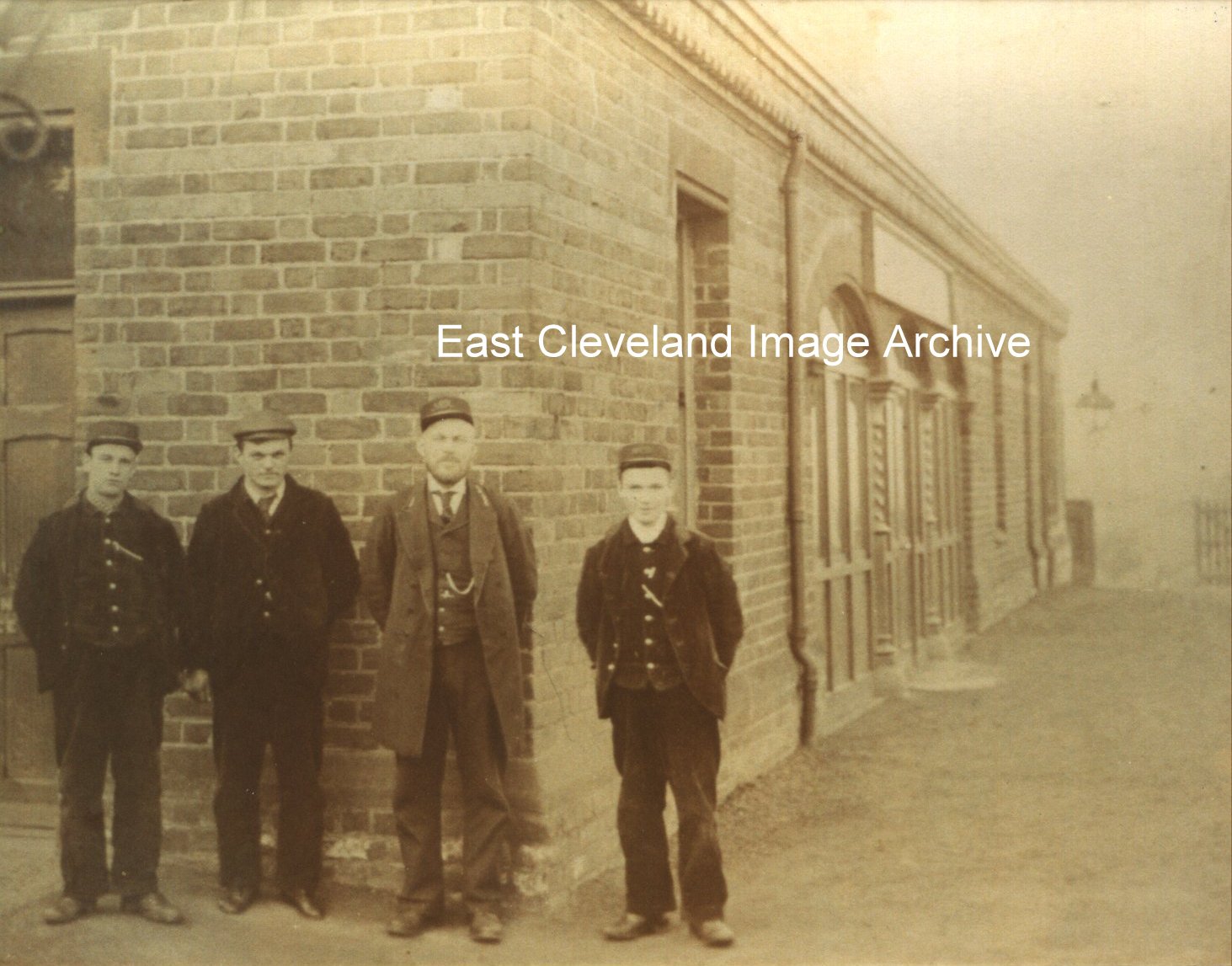
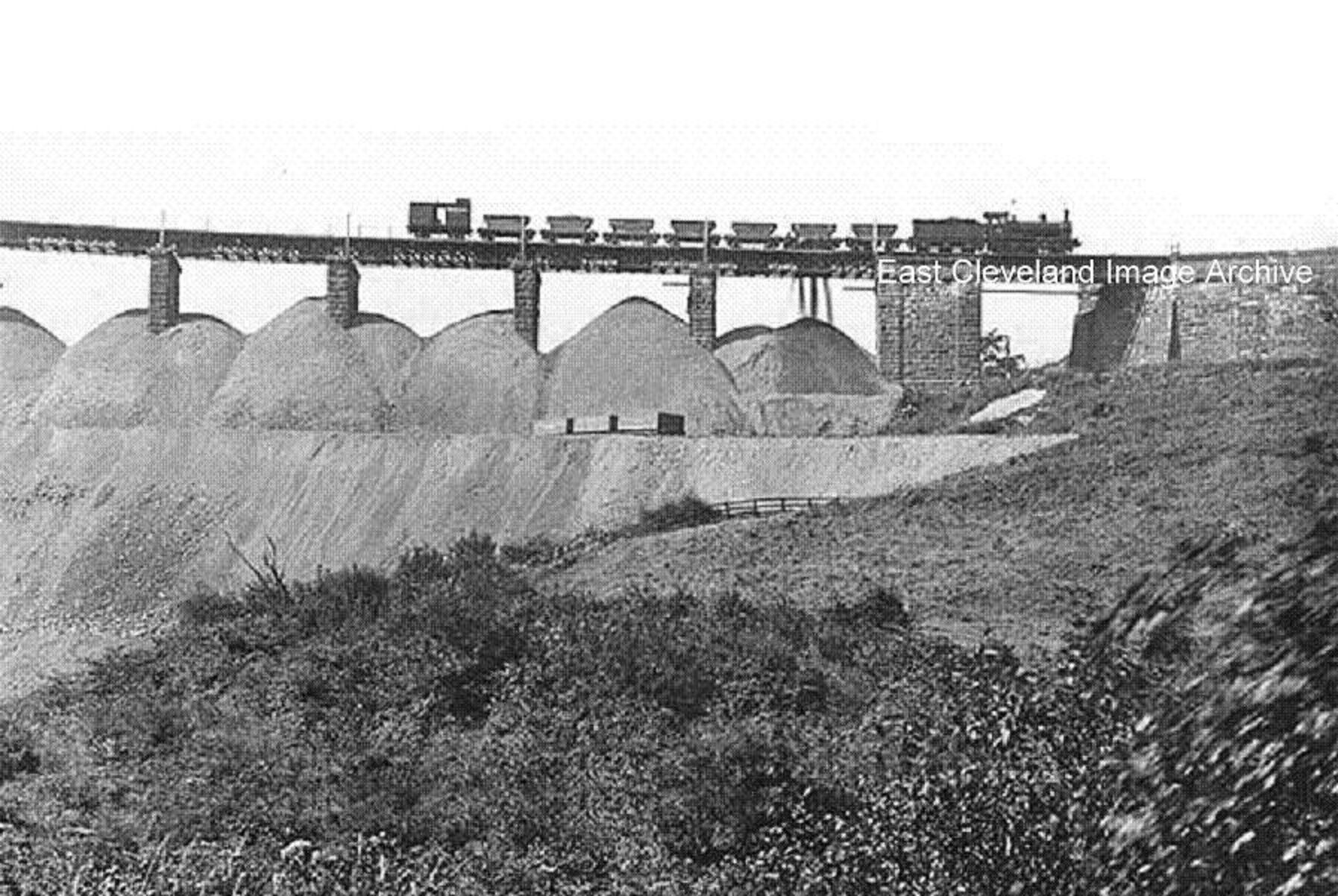




Recent Comments